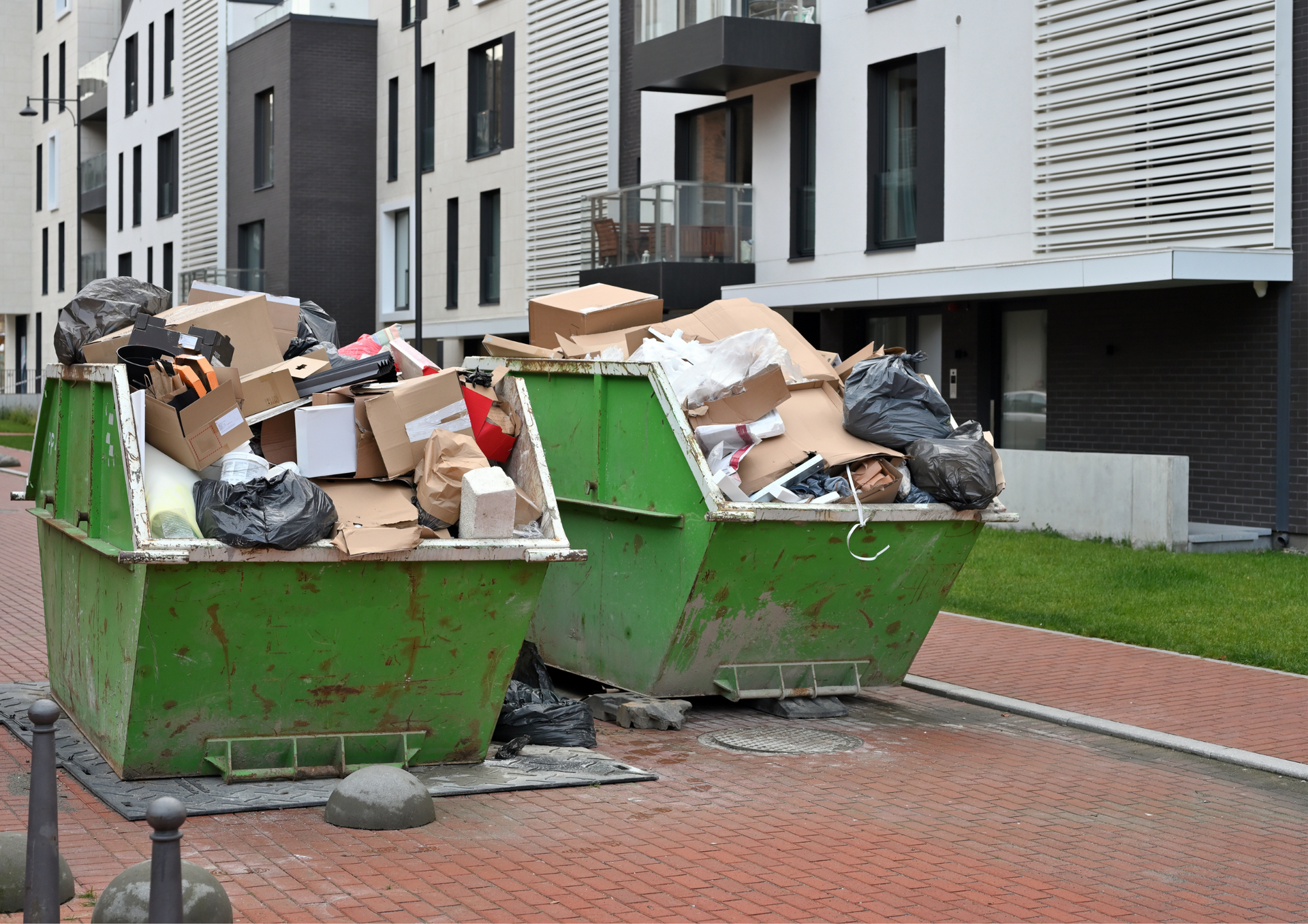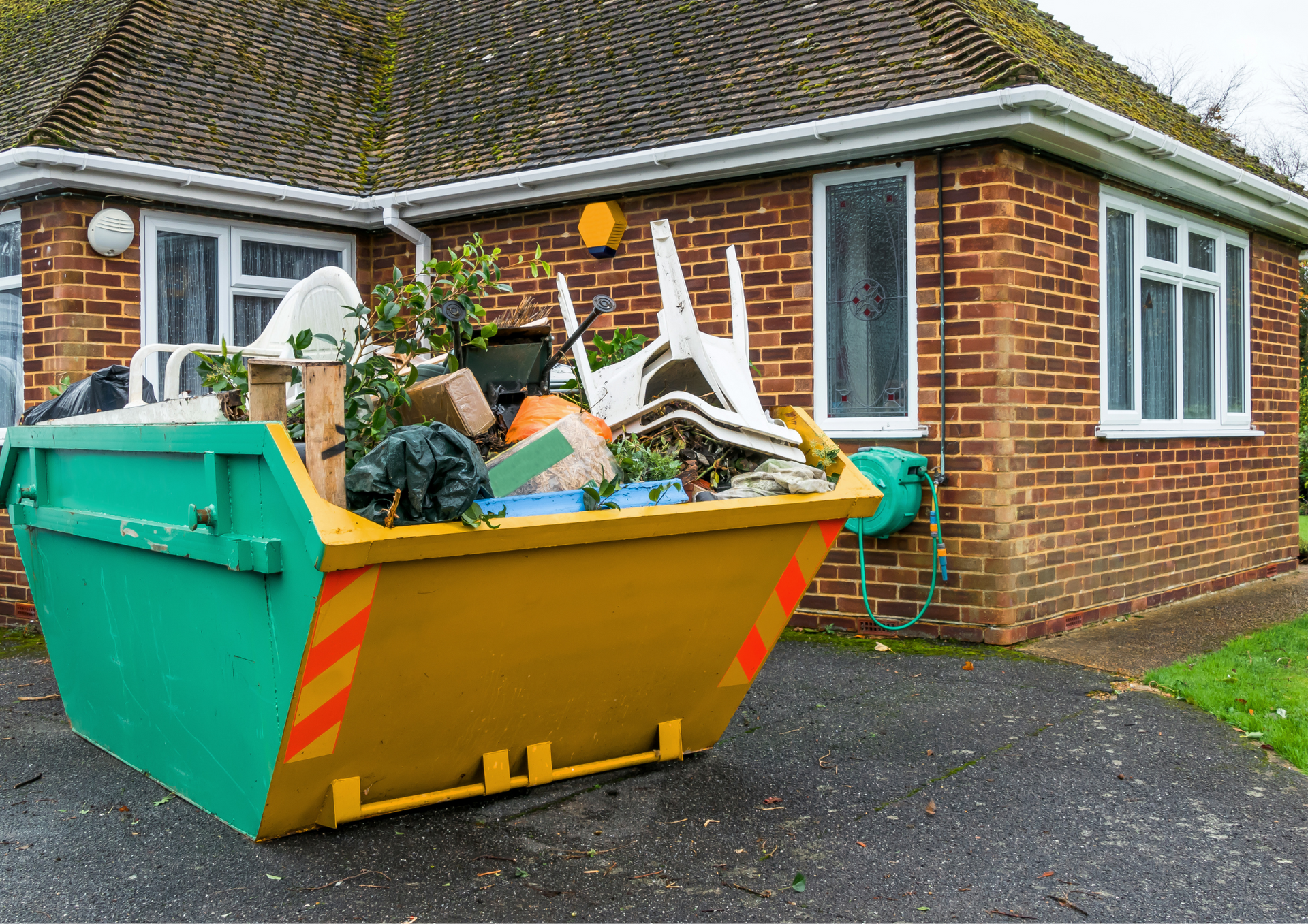The Skip Hire Checklist for Busy Homeowners and Businesses
When you're juggling home improvements, renovations, or even large-scale cleanups, managing waste efficiently is often the last thing you want to worry about. That’s where skip hire comes in—a fast, simple, and practical way to keep everything tidy while saving you multiple trips to the local tip.
Whether you’re a homeowner clearing out your garage, a construction company managing site waste, or a landscaper working on a major project, having a clear checklist can make the entire process stress-free. Here's everything you need to know before hiring a skip, so you avoid any costly or time-consuming mistakes.
Choosing the Right Skip Size
Getting the correct size is one of the most critical decisions when booking a skip. Overestimating could mean paying for space you won’t use, while underestimating might result in needing a second skip.
Here’s a breakdown of the common skip sizes:
- 2 yard skip – A great choice for minor DIY jobs or small domestic tidy-ups.
- 4 yard skip – Suitable for kitchen or bathroom renovations with limited waste.
- 6 yard skip – Popular with homeowners; perfect for bulky items like furniture.
- 8 yard skip – Commonly used in building projects with moderate rubble and waste.
- 10 yard skip – Great for full house clearances or large-scale domestic projects.
- 12 yard skip – Offers extra capacity for bulky but lighter waste like plastics and packaging.
- 16 yard skip – Often used for commercial projects where space is needed for volume.
- 20 yard skip – Generally used for large-scale industrial or commercial waste collection.
Each project is different, for example,
mini skip which is Ideal for very small jobs like garden clearances or cupboard cleanouts so think carefully about what you’re getting rid of and how much space you’ll realistically need.
Understanding What Can and Can’t Go in a Skip
While skips are incredibly versatile, not everything can go into them. Knowing what’s allowed helps you avoid extra charges and ensures safe waste handling. Accepted items usually include:
- General household waste
- Furniture
- Garden waste
- Non-electrical fittings
- Construction debris (wood, plasterboard, bricks)
Items typically NOT allowed:
- Asbestos
- Electrical appliances (TVs, fridges)
- Tyres
- Paints and solvents
- Gas cylinders
- Batteries
- Medical or hazardous waste
If in doubt, always ask your skip provider to confirm. Putting the wrong items in could result in the entire skip being rejected or subject to fines.
Checking Local Permits and Skip Placement Rules
If you plan to place the skip on private property (like your driveway), there’s no need to worry about permits. But if it needs to sit on a public road or pavement, most councils in the UK require a skip permit.
The hire company usually arranges these, but always double-check. Local rules may also dictate:
- Reflective markings or lights on the skip
- Restrictions on skip placement near junctions
- Time limits for how long the skip can stay
Failing to get the right permissions could result in fines or the removal of the skip, so it's best to sort this out before delivery.
Comparing Skip Hire Prices
When comparing skip hire prices, it’s tempting to choose the lowest quote. However, price should be weighed against reliability, inclusions, and service quality.
Prices can vary depending on:
- The size of skip you choose
- Your location
- Duration of hire
- Whether you need a council permit
- Type of waste being disposed of
Be wary of prices that seem too good to be true—they might not include VAT, collection, or disposal fees. Transparent quotes are often the best indicator of a professional service
Planning for Efficient Delivery and Collection
To make things easier for both you and the skip provider, a bit of pre-planning goes a long way.
Here’s what to consider:
- Ensure there's enough space for delivery. Skips are delivered on large lorries that need room to manoeuvre.
- Prepare the site by removing any cars, bins, or low-hanging branches in the way.
- Know the collection date in advance so you can fill the skip within the hire period.
- Load the skip safely. Distribute weight evenly, and don’t overfill it past the marked line.
Efficient delivery and collection reduce delays, prevent damage to your property, and keep the process smooth from start to finish.
Finding a Reliable Provider
A trustworthy skip hire company can make the entire experience hassle-free. Here’s what to look for:
- Clear communication about delivery, collection, and pricing
- Positive reviews from other customers
- Proper waste licenses and insurance
- Flexibility in booking options and skip sizes
You might start by searching
skip hire near me, but don’t stop at the first listing. Take a moment to explore your options and find a provider with a reputation for professionalism and dependability.
Hiring a skip doesn’t need to be complicated. By following this simple checklist—choosing the right size, knowing what’s allowed, securing permits, comparing pricing, planning delivery, and selecting a reliable company—you’ll save time, avoid hassle, and manage waste responsibly. No matter the size of your project,
skip hire can simplify waste disposal so you can focus on what matters most—getting the job done.
At
Skip Hire Darlington, we understand the needs of busy homeowners, tradespeople, and businesses. Whether you're booking a
cheap skip for a garden tidy-up or need a larger solution for a renovation, we offer transparent pricing, fast delivery, and dependable service.
We pride ourselves on:
- A wide range of skips, from 2 to 20 yards
- Friendly, experienced customer support
- Flexible bookings and local expertise
We’ve helped thousands of customers across all types of projects. With Skip Hire Darlington, you get more than just a skip—you get peace of mind.
Busy schedule? Don’t let waste pile up. Check out the
skip hire checklist – live now on X!




